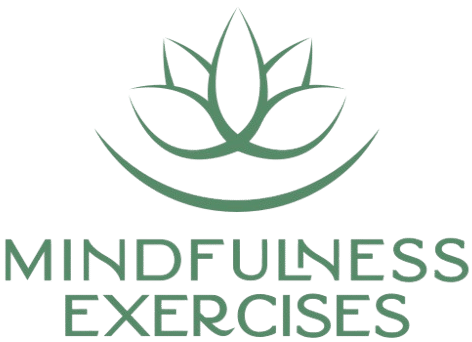Listen now

In this practical and reassuring episode, Sean Fargo addresses one of the most common concerns among mindfulness practitioners: What do I do with distractions during meditation? Whether it’s physical discomfort, racing thoughts, or outside noise, distractions can feel like obstacles. But as Sean gently reminds us, these moments are not interruptions to the practice—they are the practice.
Through stories and insights from years of teaching and personal experience, Sean offers encouragement to meet whatever arises with presence and compassion. This episode will shift your perspective on distraction and help you build resilience for both meditation and daily life.
Sponsored by our Mindfulness Meditation Teacher Certification Program
MindfulnessExercises.com/Certify
What You’ll Learn in This Episode:
Show Notes:
Why distractions are not failures—but opportunities for practice
Many people think they’re “doing it wrong” when distractions show up during meditation. But Sean reframes this common belief by showing how these moments are natural, expected, and even necessary. Meditation isn’t about eliminating thoughts or sensations—it’s about how we relate to them. Every time you notice a distraction and gently return to your anchor, you're strengthening the muscle of mindfulness.
How to respond to discomfort and restlessness with kindness
Physical sensations like itches, tension, or restlessness can feel like interruptions. But instead of resisting them, Sean encourages us to turn toward these experiences with gentle curiosity. Can we feel what we feel without needing to change it? This shift can be profoundly liberating. By learning to sit with discomfort during meditation, we develop the capacity to sit with life’s challenges more gracefully.
Simple techniques for working skillfully with distractions
Sean offers practical strategies for how to handle distractions when they arise. Whether it’s using your breath as an anchor, labeling thoughts gently, or noting body sensations, these tools help you stay present without judgment. Even a few seconds of awareness amid distraction is meaningful—it’s not about perfect focus, but consistent, compassionate redirection.
The surprising value of practicing through chaos
While quiet settings are supportive, Sean reminds us that noisy, distracting environments can be powerful teachers. Meditation in less-than-ideal conditions helps us strengthen focus, patience, and adaptability. In this way, life itself becomes our meditation cushion, and the unpredictable nature of the world becomes part of our training in mindfulness.
How to build trust in your ability to stay with the practice
Over time, as you continue practicing—even in the face of distractions—you begin to trust your own ability to return. This trust isn’t based on achieving a specific state; it’s rooted in your willingness to begin again, no matter how many times your mind wanders. That trust becomes a quiet source of strength both on and off the cushion.



